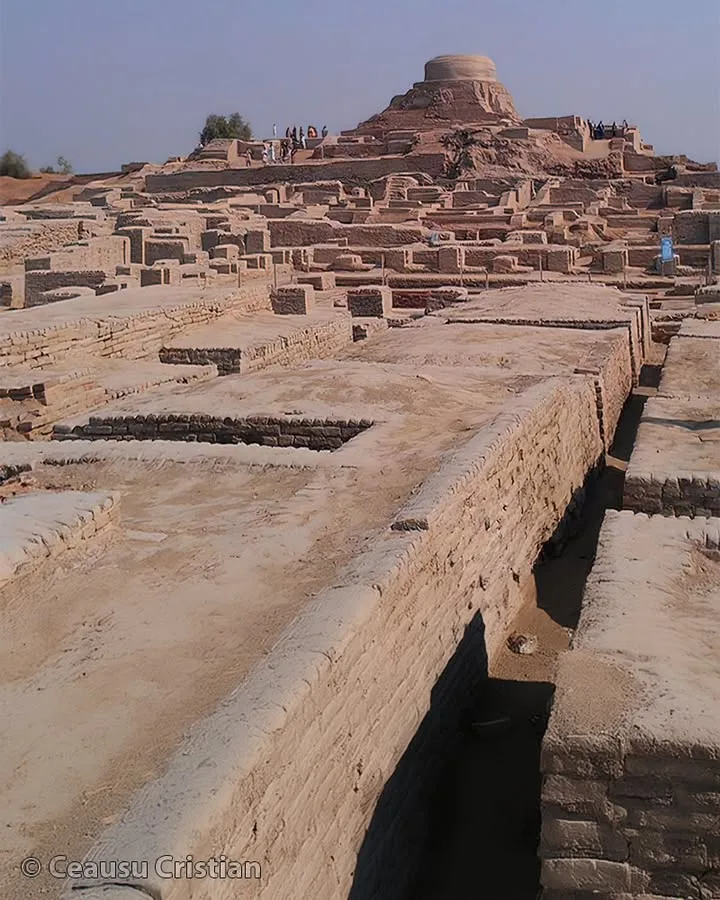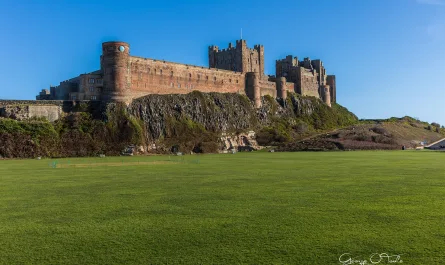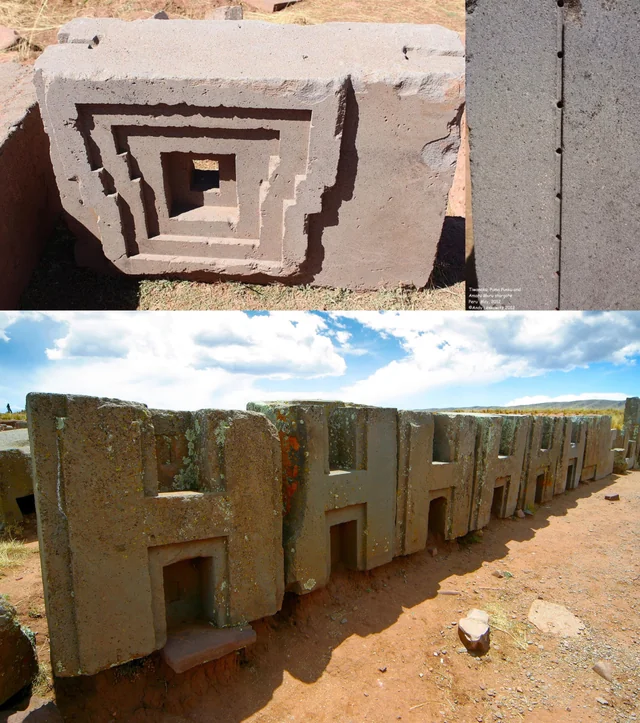Mohenjo-Daro: A Marvel of Harappan Urban Ingenuity
Mohenjo-Daro, a cornerstone of the Harappan civilization, flourished around 2600–1900 BCE in the Indus Valley, now in Pakistan’s Sindh province. This ancient city, one of the world’s earliest urban centers, showcases the remarkable ingenuity of its builders through advanced sewage systems, meticulous urban planning, and iconic structures like the Great Bath, often considered the earliest known public bath. As a UNESCO World Heritage site, Mohenjo-Daro continues to captivate historians and archaeologists, offering profound insights into the sophistication of early human societies as of 2025.

Historical Context
Emerging around 2600 BCE, the Harappan civilization (also called the Indus Valley Civilization) was one of the world’s first urban cultures, alongside Mesopotamia and Egypt. Mohenjo-Daro, meaning “Mound of the Dead” in Sindhi, was a major hub alongside Harappa, covering an estimated 250 hectares at its peak and housing up to 40,000 residents. Thriving in a fertile region fed by the Indus River, the city supported agriculture, trade, and craftsmanship, with evidence of connections to Mesopotamia and Central Asia.
Discovered in the 1920s by archaeologists like John Marshall, Mohenjo-Daro revealed a civilization far more advanced than previously imagined, with standardized weights, seals, and a script that remains undeciphered. Its decline around 1900 BCE, possibly due to climate change, river shifts, or economic disruption, remains a subject of debate.
Urban Planning and Infrastructure
Mohenjo-Daro’s urban design was unparalleled for its time, reflecting a sophisticated understanding of city planning and public works. Key features include:
- Grid Layout: The city was organized in a grid pattern with wide, straight streets oriented north-south and east-west, dividing it into a citadel (elevated western mound) and a lower residential area. This layout suggests centralized planning and governance.
- Sewage and Drainage Systems: Mohenjo-Daro boasted one of the earliest known urban sanitation systems. Houses had private wells, bathrooms, and covered drains connected to a citywide network of brick-lined sewers, channeling wastewater away from the city to prevent flooding and maintain hygiene.
- Standardized Construction: Buildings were made of uniform baked bricks, a rarity in the Bronze Age, indicating advanced kiln technology and centralized standards. Residential structures often had courtyards and multiple rooms, some with indoor plumbing.
This level of urban sophistication was unmatched in its era, rivaling even modern principles of city planning.
The Great Bath: A Monumental Achievement
The Great Bath, located in the citadel, is Mohenjo-Daro’s most iconic structure and one of the earliest known public baths. Measuring 12 meters long, 7 meters wide, and 2.4 meters deep, it was constructed with precisely cut bricks sealed with bitumen to ensure water-tightness. Key features include:
- Design and Function: Flanked by steps and surrounded by a colonnade».





